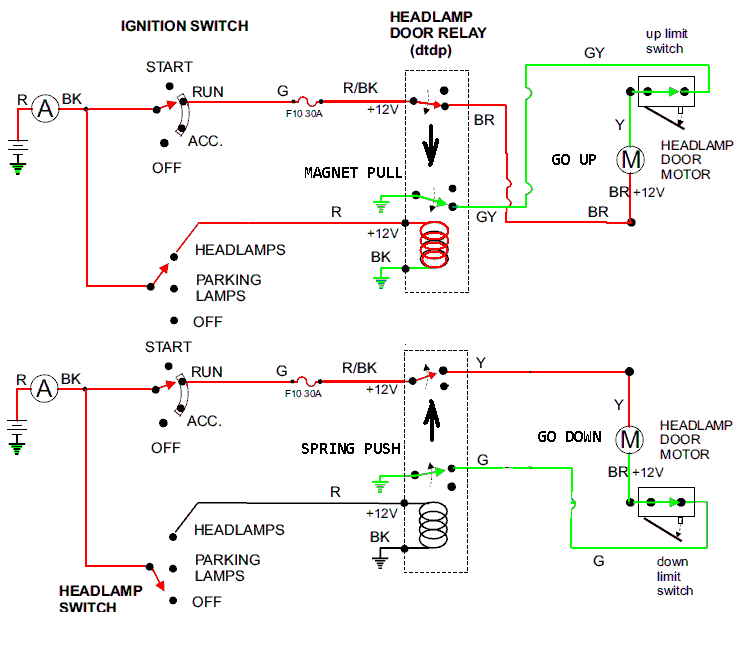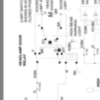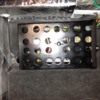There seems to be a lot of headlight issues in here.
Several years ago as part of a restoration I changed the nylon gear to the bronze one and the headlights came up just as designed. I never drive at night but I might, so recently I've cycled the lights and although they come up there is a very different gear sound. I cycled the lights twice and then raised the car and started to hunt for the reason. The ignition was completely off. I reached in to wiggle the motor and found it too hot to even touch and there was some slight smoke .. probably from heated lube on the big gear. I quickly disconnected the battery, disconnected the small wire (ground?) on the motor and here I am.
I don't think the motor was still hot from me operating it (it had several minutes to cool) so it seems there was power to it even with the ignition off. The buckets were down and the limit switch looked closed. The motor and switches are original to the car (72 pre-L.
Any ideas? And is there a connection between this issue and the different gear sound (I'm guessing yes)?
Original Post





